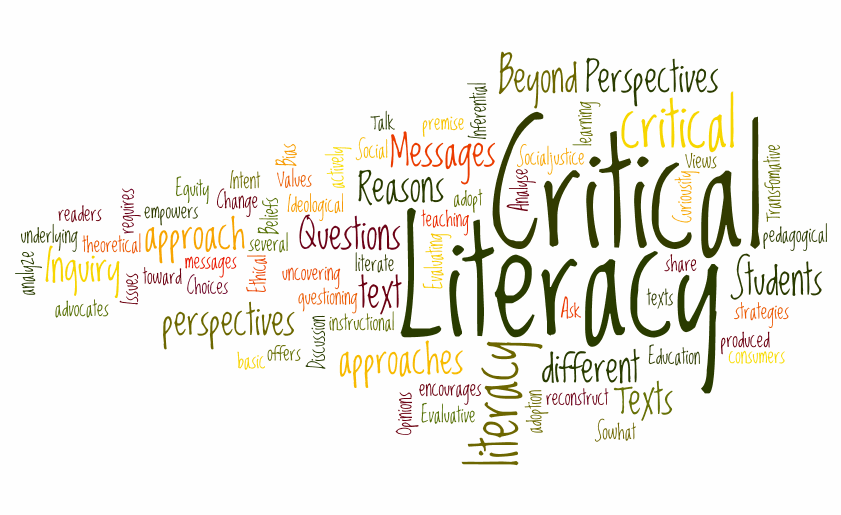Assessment and Evaluation for Multimodal Work
- Kaitlynn
- Jan 29, 2019
- 3 min read
It is critical that we consider how we assess multimodal work. I have discussed the importance of providing multi-modes for learning, how to implement multimodality into the classroom, but how to we assess and evaluate this work?
Firstly, it is important to distinguish the difference between assessment and evaluation. Assessment is formative, which includes diagnostic tasks, tasks throughout a unit where students have the opportunity to practice their skills and show their knowledge before being tested on them. Evaluation is the summative task, the assessment of learning. This could be a final test in a unit, a performance task, etc. that evaluates all the learning goals that students have been working on throughout the unit.
With multiliteracies pedagogy, we need to incorporate a variety of formative and summative assessments for multimodal tasks. This means creating ways to mark a non-traditional-type task (ex: creative performance task) and tasks where each individual student could be completing the task in a different way. Creative tasks can be difficult to assess because meaning making can happen in a variety of ways, and how do we as teachers ensure that we are assessing the students’ abilities accurately?
One way to ensure accurate assessment for multimodal tasks is to create the success criteria or the rubric with the students. Sometimes offering multiple options for a task to students makes aligning the criteria and the final product difficult. Students become more focused on the freedom they have with their task that they forget about what is expected from this task. If students can be part of the rubric or success-criteria process, they will understand the expectations better and be more focused on them throughout the duration of the task. Success criteria should be very clear and specific to the learning goal, and easily adaptable to multiple modes. For example, if the learning goal is to show understanding of the causes of the French Revolution, success criteria should not limit students to expressing understanding by one mode, such as in writing. Ex: Students will be able to compose an essay on the causes of the French Revolution. Instead of limiting students to writing in essay format, keep the main learning goal in tact, but allow students to show that understanding in other ways. This way, assessing multiple modes that students choose to complete a task will be easier and more accurate.
A great alternative to tests for a summative assessment is a performance task. A performance task could be anything that challenges students to use their higher-order thinking skills practiced and learned throughout the unit, such as a presentation, a portfolio, an exhibit, etc. These performance tasks can integrate multimodality and allow students to choose modes purposefully for the goal of the task given.
The video above presents an important point: essays and multiple choice does not have much purpose in life outside of school. Tasks required for careers are more often performance based, therefore we should teach students how to perform as opposed to memorizing facts for a multiple-choice test. The video puts emphasis on feedback and the role of the teacher as a facilitator of learning. With performance tasks, teachers are no longer feeding students knowledge and providing them with all the answers. Instead, students have more control over their learning and can show what they can do with the guidance and the consistent feedback from the teacher. The video also presents some good examples of performance tasks that you can incorporate into your classroom.


Comments